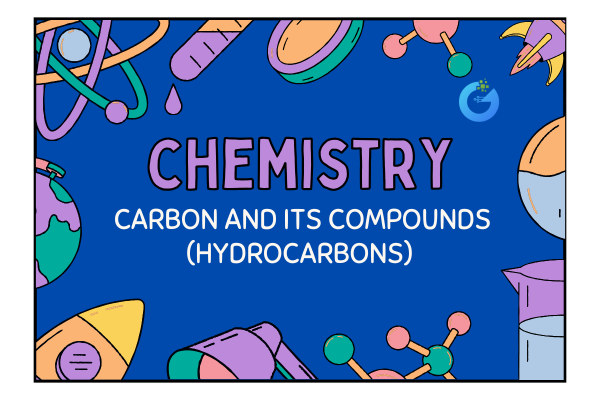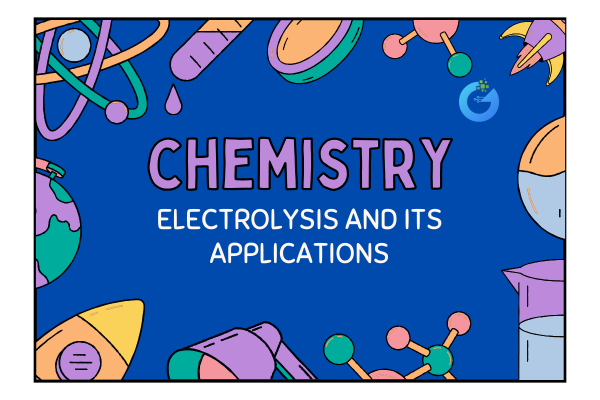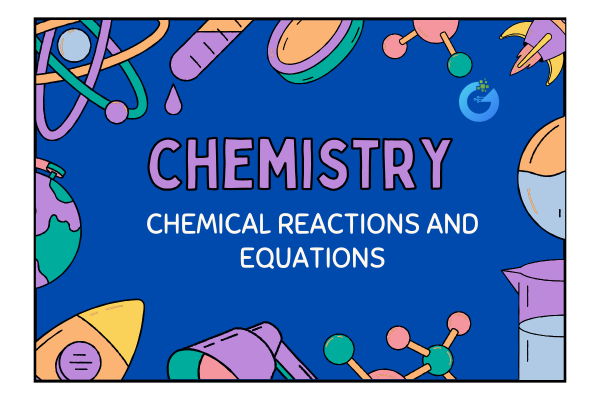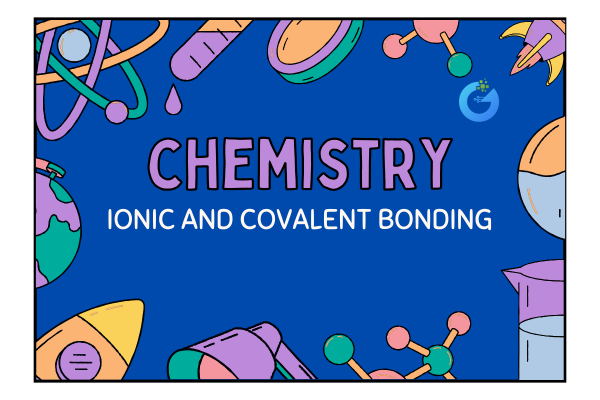F
Introduction:
Why is the same element—carbon—found in everything from soft graphite pencils to hard sparkling diamonds? Why do fuels like LPG, petrol, and natural gas burn so easily and produce energy?
The answer lies in the unique behavior of carbon. This small atom is the backbone of organic chemistry, capable of forming millions of different compounds. From life-supporting molecules like glucose and proteins to fuels like propane and diesel—carbon compounds are everywhere.
In this Class 10 Chemistry chapter, we’ll break down:
- What makes carbon so versatile
- How hydrocarbons work
- The importance of covalent bonding
- Real-world applications like soaps, fuels, and cleaning products
Let’s take a detailed, easy-to-understand look at this fascinating topic.
expert-led Chemistry classes – visit our website to learn more
Why Is Carbon So Special?
Carbon is element number 6 in the periodic table, with 4 valence electrons.
Because of its tetravalency, it can:
- Form four covalent bonds with other atoms
- Bond with other carbon atoms to form chains and rings
- Make single, double, or triple bonds
- Create millions of compounds, more than any other element
That’s why carbon is called the element of life.
Covalent Bonding in Carbon Compounds
What is a Covalent Bond?
A covalent bond is formed when two atoms share electrons.
Unlike ionic bonds (which involve giving and taking electrons), covalent bonds happen between non-metals like carbon, hydrogen, oxygen, and nitrogen.
Types of Covalent Bonds in Carbon:
| Bond Type | Symbol | Example |
| Single bond | C–C | Methane (CH₄) |
| Double bond | C=C | Ethene (C₂H₄) |
| Triple bond | C≡C | Ethyne (C₂H₂) |
What Are Hydrocarbons?
Hydrocarbons are compounds made only of carbon and hydrogen. They are the simplest type of organic compounds and are found in fossil fuels, gases, and oils.
Types of Hydrocarbons:
| Type | Bonds | Examples |
| Alkanes | Single bonds only | Methane (CH₄), Ethane (C₂H₆) |
| Alkenes | At least one double bond | Ethene (C₂H₄), Propene (C₃H₆) |
| Alkynes | At least one triple bond | Ethyne (C₂H₂), Propyne (C₃H₄) |
What Is a Homologous Series?
A homologous series is a family of organic compounds with:
- The same functional group
- The same general formula
- A difference of –CH₂ between members
- Gradual change in physical properties like boiling point
Example – Alkanes:
CH₄ → C₂H₆ → C₃H₈ → C₄H₁₀
Each new compound differs by –CH₂.
Combustion of Hydrocarbons
Hydrocarbons are highly combustible—meaning they burn easily and release energy.
1. Complete Combustion
Happens when there’s plenty of oxygen.
Reaction:
CH₄ + 2O₂ → CO₂ + 2H₂O + Heat (Blue Flame)
2. Incomplete Combustion
Occurs with limited oxygen—produces carbon monoxide (CO), a poisonous gas.
Reaction:
2CH₄ + 3O₂ → 2CO + 4H₂O + Less Heat (Yellow Flame)
Functional Groups: Giving Carbon Compounds Their Identity
A functional group is a group of atoms that determine the chemical behavior of a molecule.
| Functional Group | Structure | Example |
| Alcohol | –OH | Ethanol (C₂H₅OH) |
| Aldehyde | –CHO | Ethanal (CH₃CHO) |
| Carboxylic Acid | –COOH | Ethanoic acid (CH₃COOH) |
| Ketone | –CO– | Propanone (CH₃COCH₃) |
Naming Organic Compounds (IUPAC System)
To name carbon compounds, use these two rules:
- Prefix for number of carbon atoms:
- Meth = 1
- Eth = 2
- Prop = 3
- But = 4
- Pent = 5 (and so on)
- Meth = 1
- Suffix for type of bond or group:
- –ane = Single bonds
- –ene = One double bond
- –yne = One triple bond
- –ol = Alcohol
- –ane = Single bonds
Examples:
- C₂H₆ → Ethane
- C₂H₄ → Ethene
- C₂H₅OH → Ethanol
Reactions of Carbon Compounds
| Reaction | Description | Example |
| Combustion | Burning in oxygen | CH₄ + O₂ → CO₂ + H₂O |
| Oxidation | Gain of oxygen | Ethanol → Ethanoic acid |
| Addition | Adding atoms to double/triple bonds | C₂H₄ + H₂ → C₂H₆ |
| Substitution | Replacing one atom with another | CH₄ + Cl₂ → CH₃Cl + HCl (in sunlight) |
Soap and Detergents – Application of Carbon Chemistry
What Are Soaps?
- Soaps are sodium or potassium salts of fatty acids (long-chain carboxylic acids).
- They clean by forming micelles—circular molecules that trap grease.
Limitations:
- Work best in soft water
- Do not clean well in hard water (contains Ca²⁺, Mg²⁺)
What Are Detergents?
- Made from petroleum-based compounds
- Work well in both hard and soft water
- Used in washing powders, shampoos, etc.
Core Concepts Summary Table
| Concept | Description |
| Covalent bond | Electron-sharing bond between non-metals |
| Hydrocarbon | Molecule made only of carbon and hydrogen |
| Homologous series | Series with same functional group, –CH₂ gap |
| Functional group | Atom/group that defines chemical behavior |
| Combustion | Burning to release energy |
| Micelle | Structure formed by soap to trap dirt/oil |
Frequently Asked Questions
Q1. Why is carbon so versatile in bonding?
Because it has 4 valence electrons and can form strong covalent bonds with many elements, including itself.
Q2. What is a hydrocarbon?
A compound made up of only carbon and hydrogen atoms.
Q3. What is the difference between alkanes and alkenes?
Alkanes have single bonds only; alkenes have at least one double bond.
Q4. Why is incomplete combustion harmful?
It produces carbon monoxide, which is toxic and can cause death if inhaled in large amounts.
Q5. What are soaps and how do they work?
Soaps are salts of fatty acids that clean by forming micelles that trap grease and wash it away.
Fun Facts
- Diamond, graphite, and charcoal are all made of pure carbon, but their properties are completely different due to bonding and structure.
- Graphite conducts electricity; diamond doesn’t.
- Carbon forms more compounds than all other elements combined.
- Your body is about 18% carbon—you are literally made of carbon compounds.
Conclusion
Carbon is more than just another element on the periodic table—it’s the foundation of life, fuels, materials, and modern chemistry. Understanding how it bonds, forms hydrocarbons, and creates useful products like soaps and fuels helps us connect classroom science to real life.
So next time you light a candle, ride a petrol-powered vehicle, or wash your hands, remember—it’s carbon and its compounds doing the work behind the scenes.








